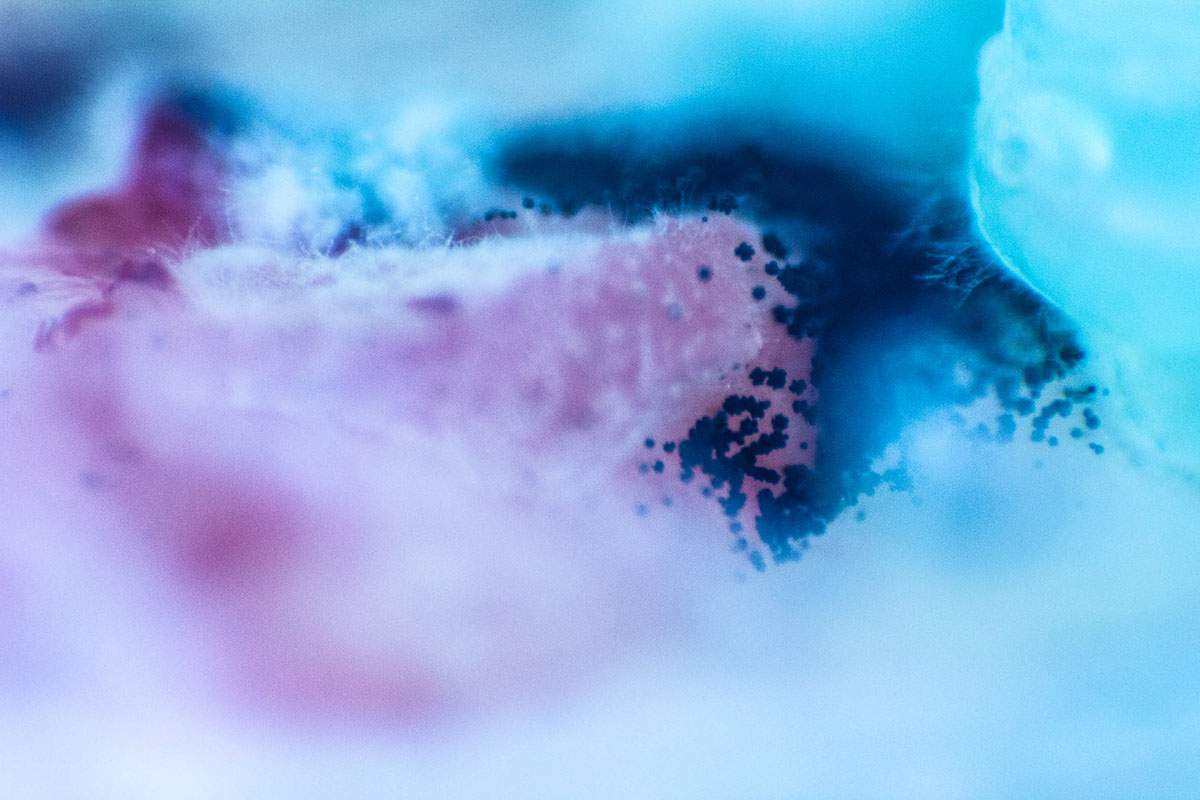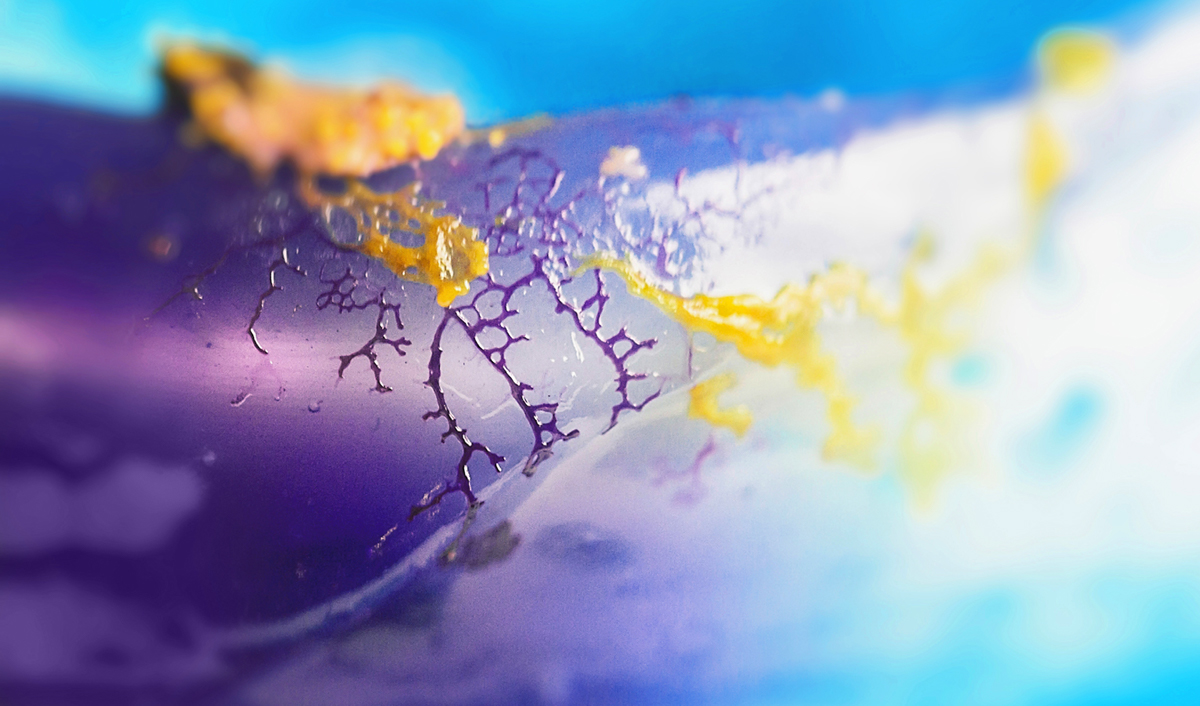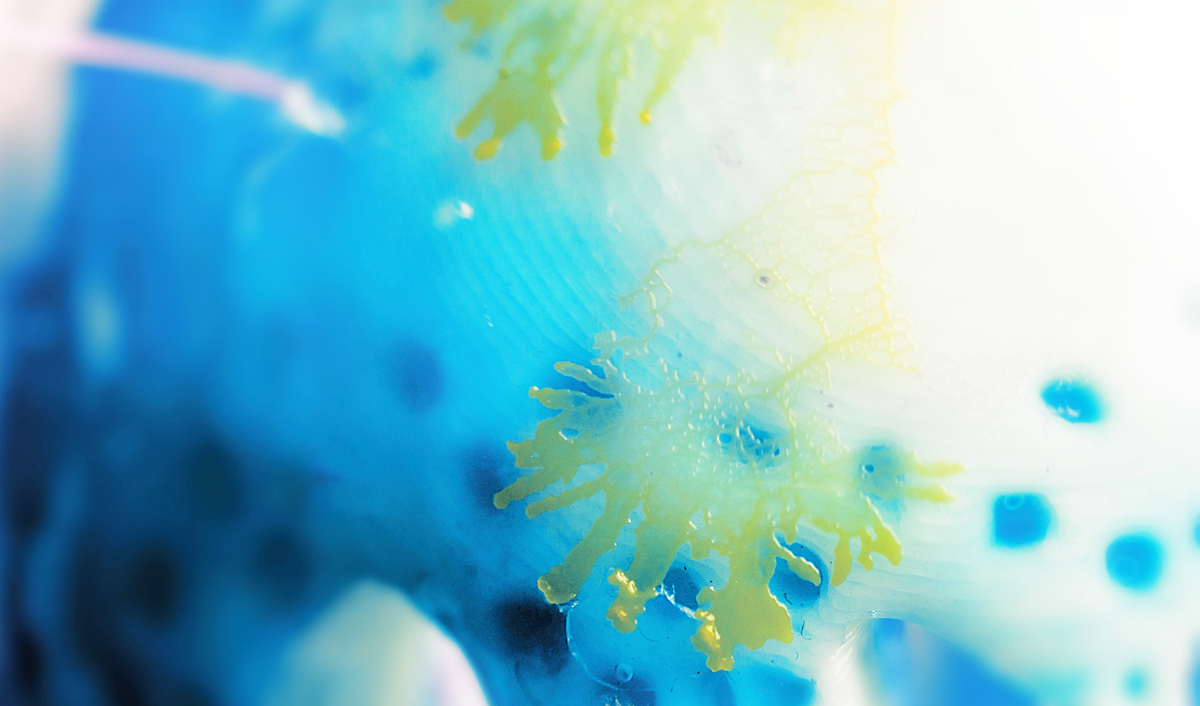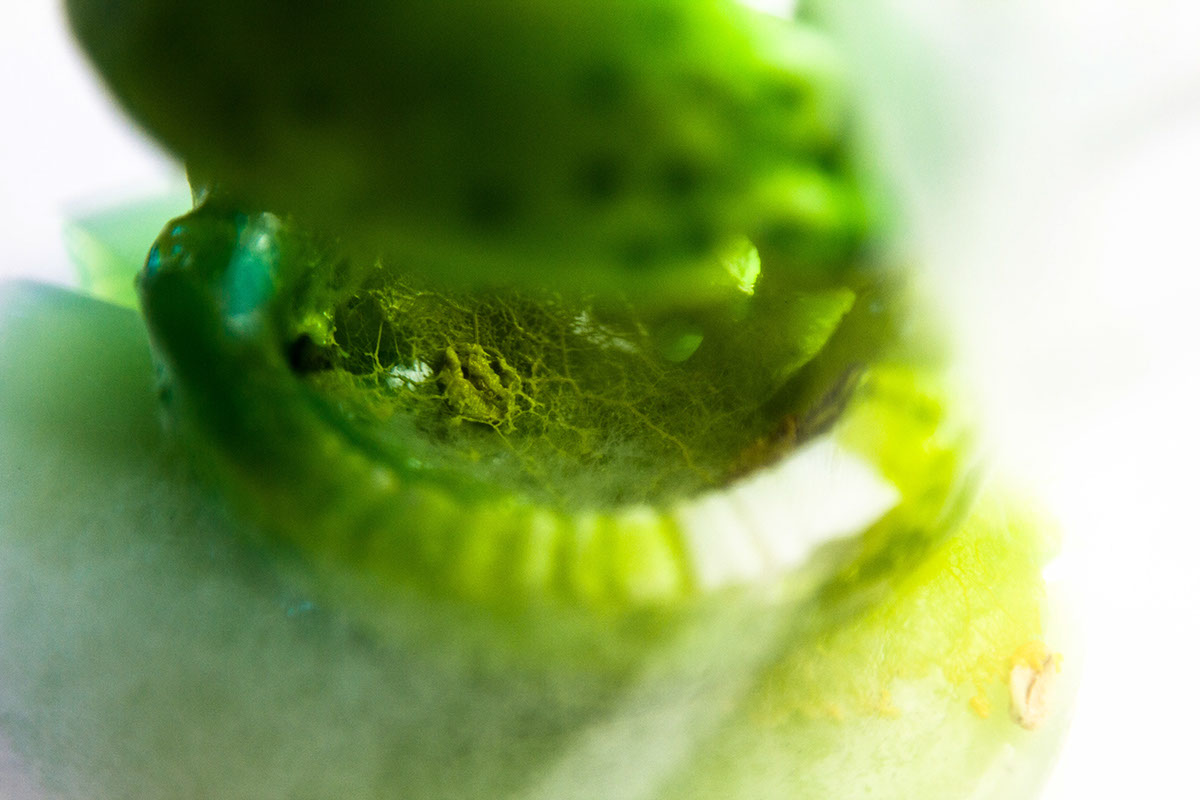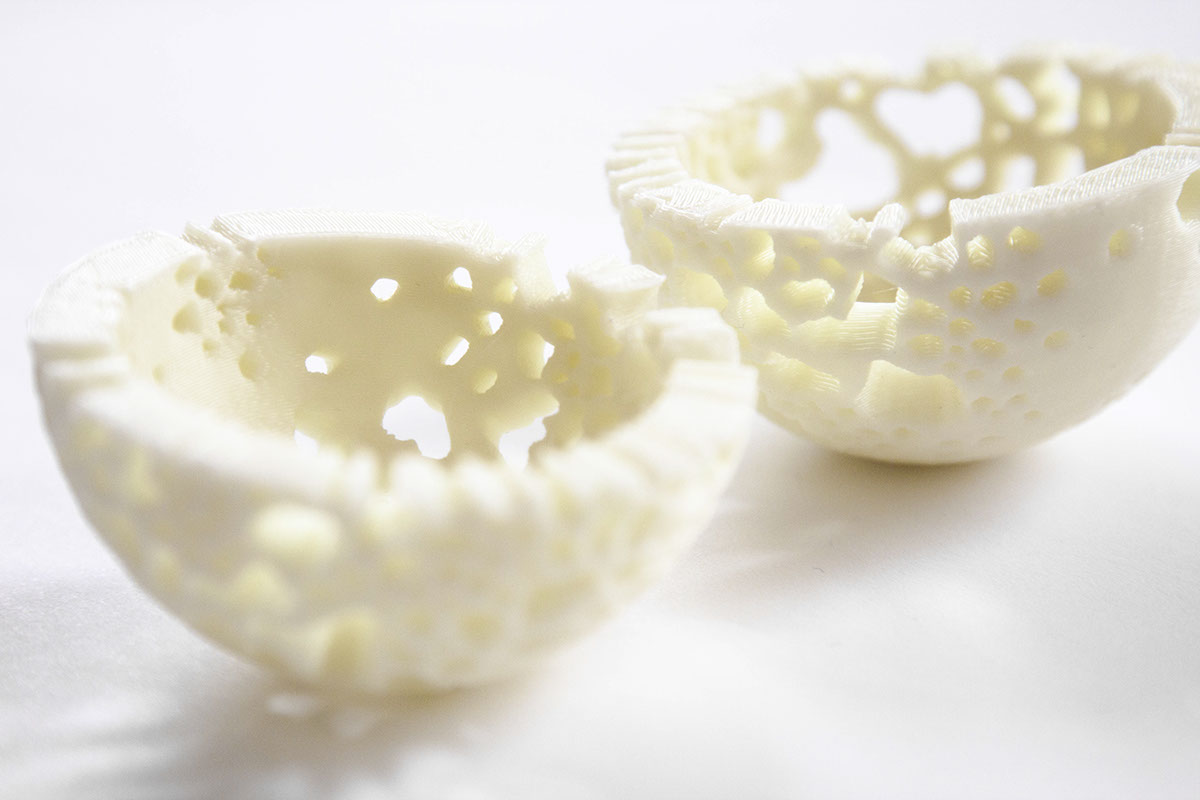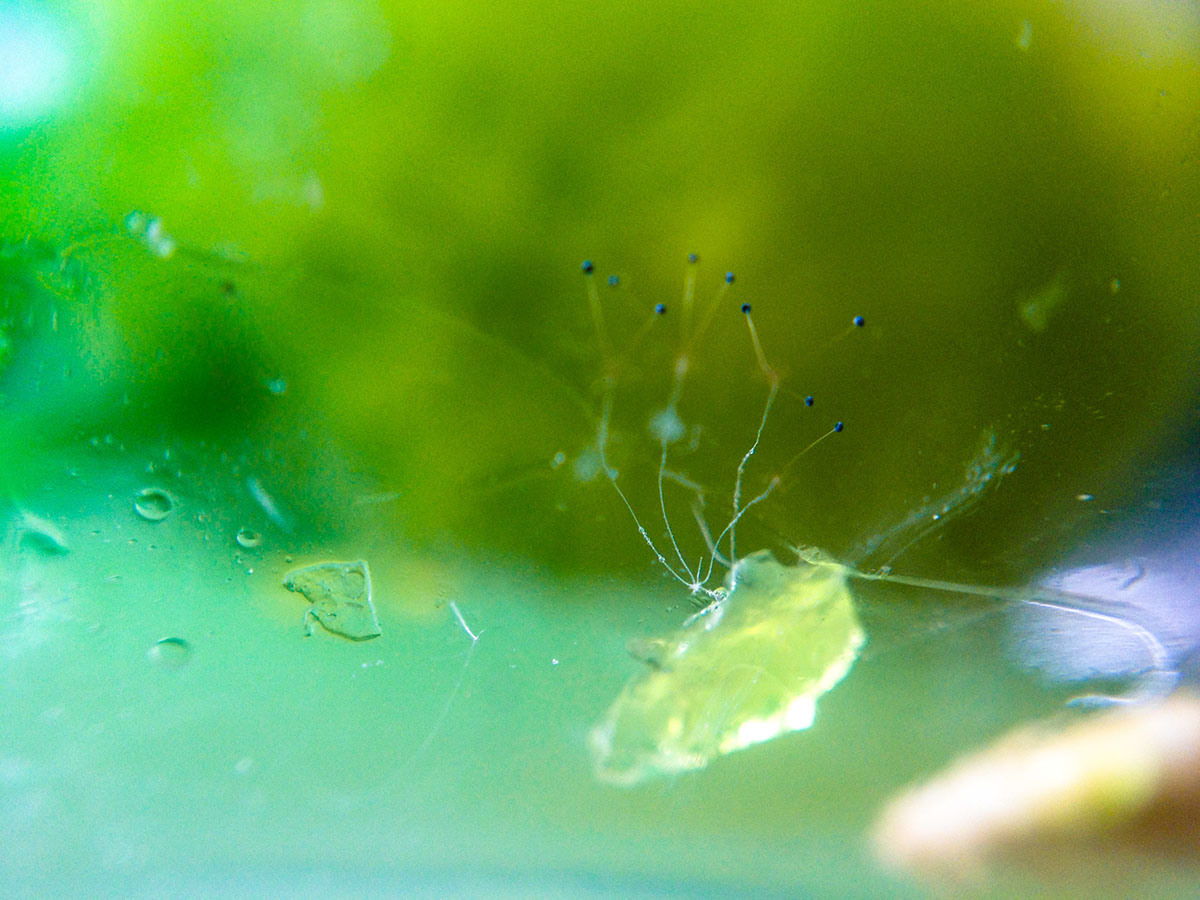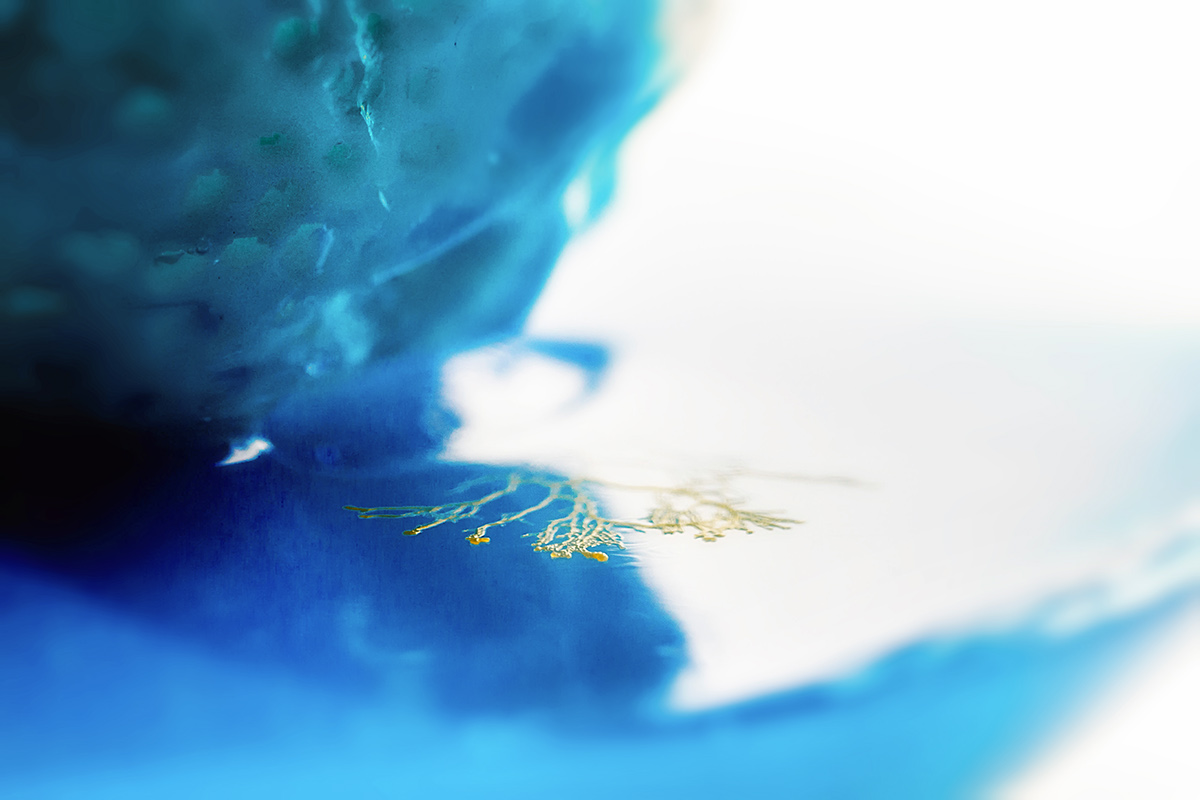HABITAT
When I encountered BioArt, I discovered an area that asks questions I myself have raised in the past. I was fascinated by the ways technology has been influencing biology, giving us new and almost unbelievable possibilities, that we don't consider in our everyday life.
HABITAT began with my fascination with biomaterials and the ways artists and designers are shaping these materials nowadays. After exploring different materials, I chose to work with agar, a vegetal gelatin obtained from algae, that is used in labs as the main subtract to grow living organisms.
My research on how to shape soft materials grew into a series of landscapes, composed of a 3D printed skeleton and a thick layer of agar-agar, with the purpose of creating a collaboration between simple living organisms and their synthetic environments. The results manifest in different types of interactions as the organisms react to the challenges that the landscapes present.
Inspired by the words of historian Henri Focillion - “forms are always alive in that they are never immobile” - I added a living quality to the landscapes using slime mould. Slime mould that it’s been shown to exhibit intelligent characteristics solving mazes in the quickest and most efficient way. This is one of the many interactions that can be seen in HABITAT, where the slime mould does anything to survive, how can something so beautiful represent the struggles of nature? Nature always finds a way to show its beauty.
